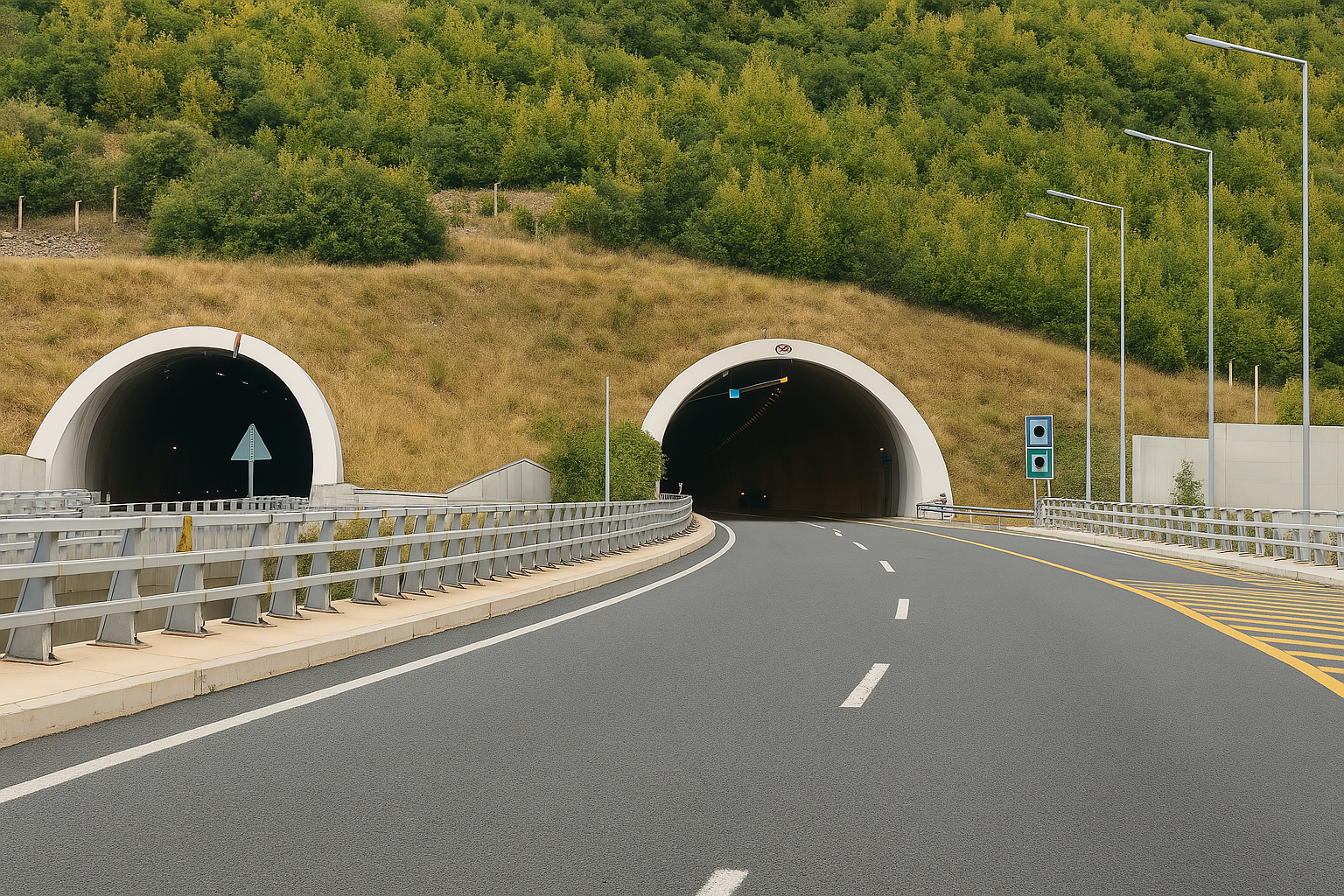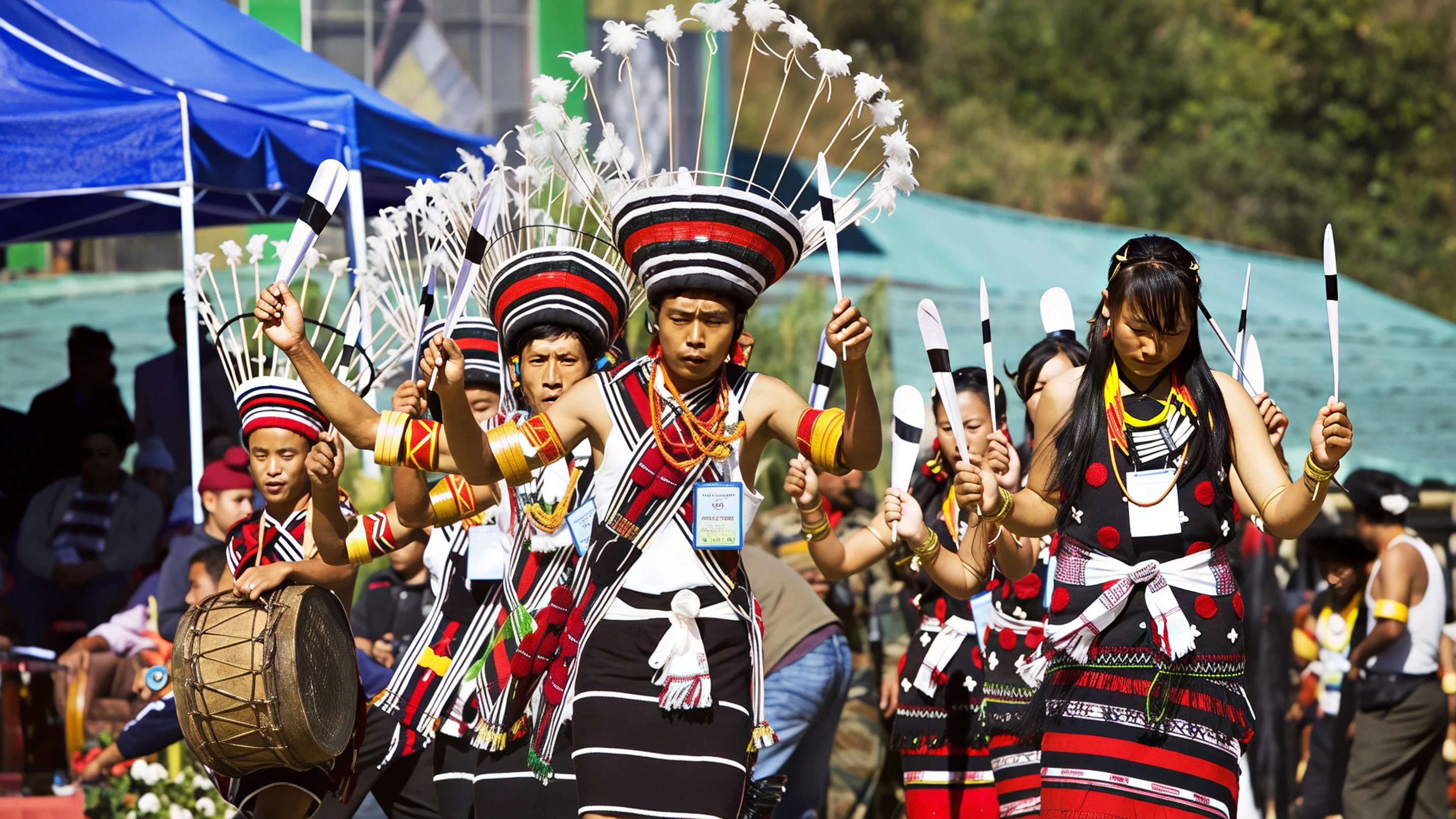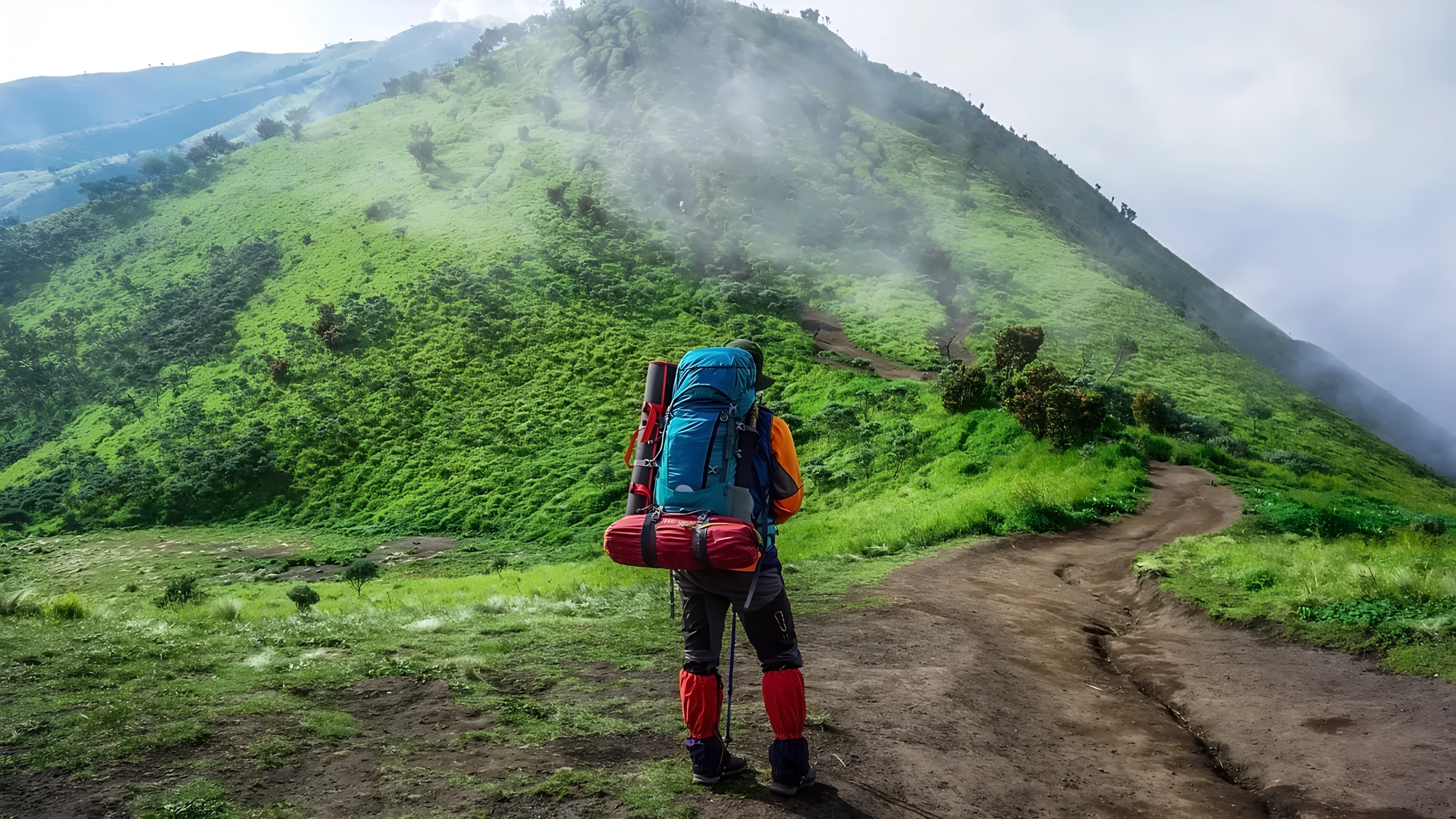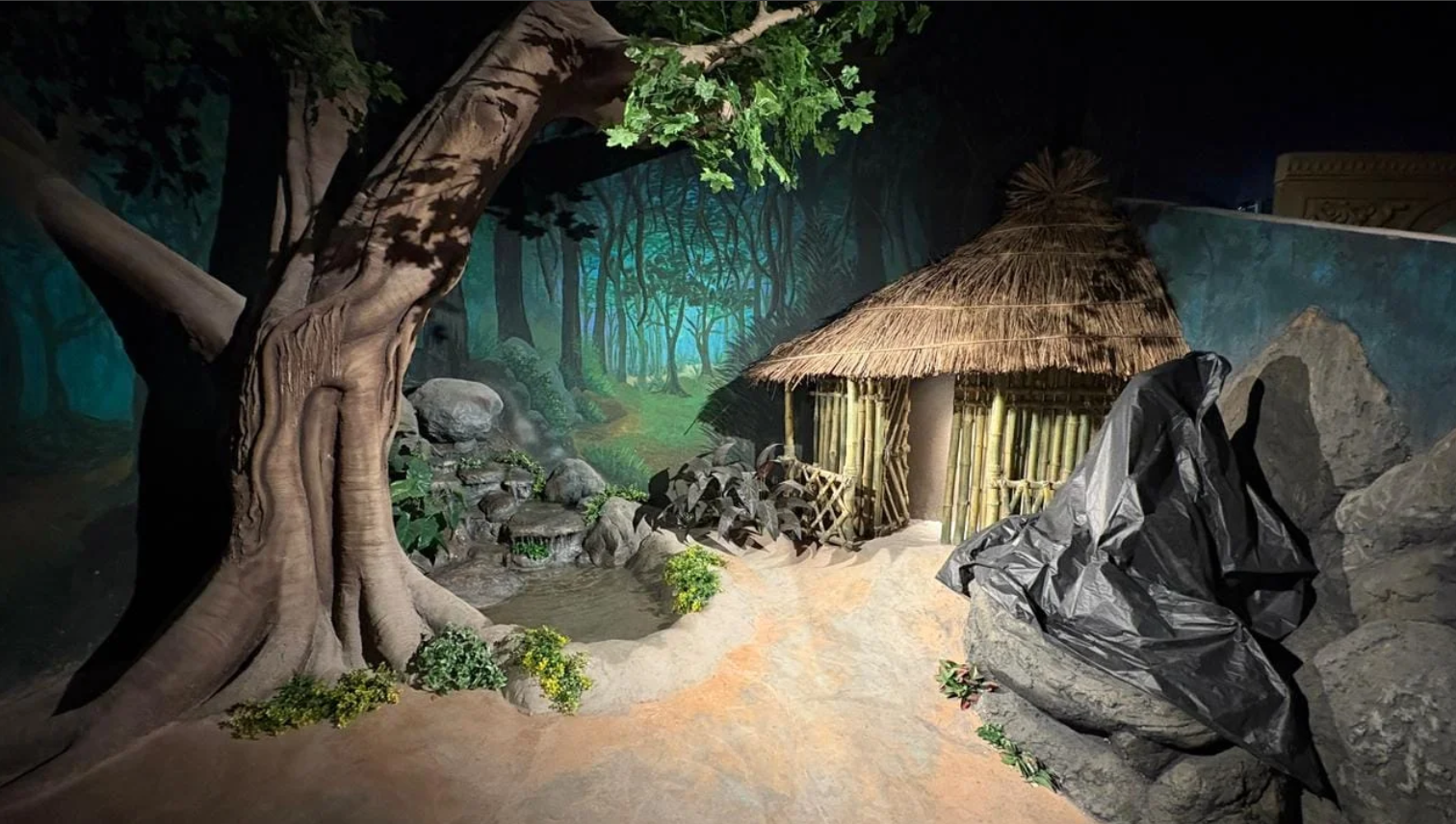The Zojila Tunnel is one of India’s most ambitious infrastructure projects in recent decades, and its nearing completion could change how travellers and locals experience the remote and weather prone region of Ladakh. At a staggering altitude of over 3,500 metres, the nearly 14 kilometre tunnel is designed to function as a high altitude lifeline. It will connect the Kashmir Valley with Ladakh through the Zojila Pass, bypassing the seasonal risks that have historically made travel along this route unpredictable and dangerous.

Work on the project began after the Indian government decided in 2013 to build the Zojila and Z Morh tunnels as part of a broader border infrastructure upgrade across Jammu and Kashmir and Ladakh. Given Ladakh’s proximity to both Pakistan and China, maintaining uninterrupted access to this region is considered critical for national security. However, the tunnel also serves a larger vision. It seeks to integrate Ladakh more fully into India's economic and tourism network, with ripple effects expected across healthcare, education, and trade.
The journey that currently takes over three hours through a narrow, often snow covered pass will be reduced to less than 30 minutes once the tunnel opens. It will offer all weather access throughout the year, improving mobility for local residents and ensuring uninterrupted transport of essential goods and services. For the Indian Armed Forces, the tunnel provides strategic readiness by allowing faster troop and equipment movement in a region often cut off during harsh winters.
As of March 2025, the tunnel was reported to be over 70 percent complete and is scheduled to open by September 2026. Built at an estimated cost of over INR 6,800 crore, the project uses advanced tunnelling methods including the New Austrian Tunnelling Method. This technique adapts to unpredictable rock and soil conditions, a vital feature when working in geologically complex Himalayan terrain. Yet this adaptability comes with enormous challenges.
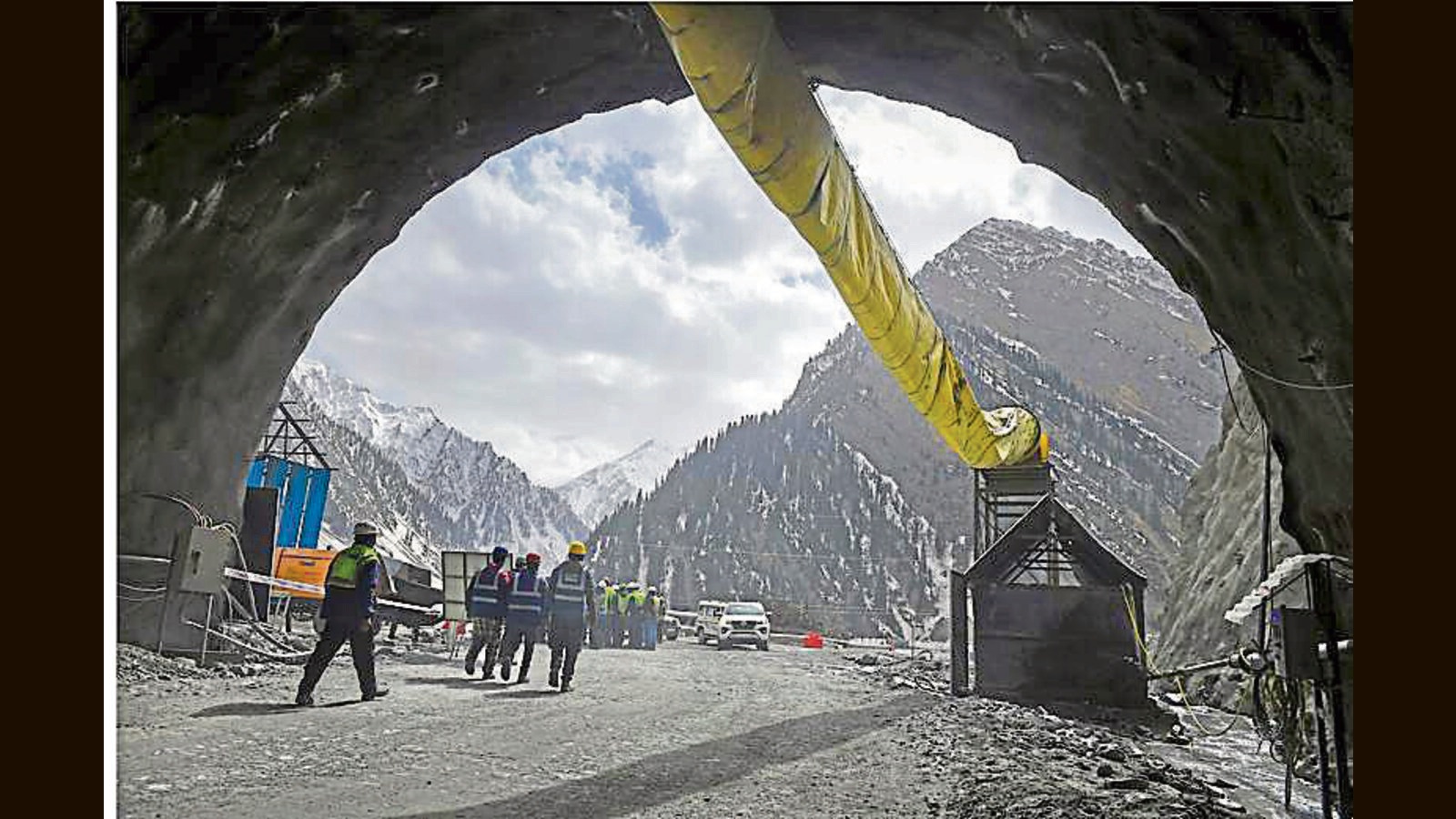
Sub zero temperatures, frequent snowstorms, and landslides are constant hurdles. Workers must deal with thin air, difficult terrain, limited supply chains, and the ongoing threat of collapses within fragile rock layers. Transporting construction equipment, explosives, and concrete through narrow mountain roads presents its own logistical complications. These are challenges of scale, risk, and patience, with every metre of excavation reflecting years of coordination and human effort.
However, the tunnel’s impact goes beyond engineering and efficiency. The ecological consequences of such a project in a sensitive alpine zone cannot be ignored. The Zojila region lies in an ecotone between the Greater and Trans Himalayan ranges, home to rare flora like wild roses and tulips, and endangered species including the snow leopard, Himalayan brown bear, and musk deer. The project bypassed standard Environmental Impact Assessment clearance because of its strategic nature, though partial assessments were conducted by construction agencies to monitor factors like air and water quality, forest land usage, and wildlife movement.
Environmental experts argue that even if direct disruption appears minimal, the long term impact on habitat fragmentation and water tables in such regions needs ongoing monitoring. A 2023 landslide in the Ganderbal district, which residents linked to road construction activities, raised further concerns about the indirect effects of infrastructure work on local communities and ecosystems. The incident blocked key stretches of the Srinagar Leh highway and damaged residential properties, sparking calls for better planning and accountability.

Despite these concerns, many believe that development and conservation are not necessarily opposing forces. With responsible planning, tools like EIAs, and active involvement of local communities, infrastructure can be built with minimal damage. Experts suggest that public input, transparency, and continuous ecological safeguards should not be viewed as bureaucratic delays but as investments in sustainability.
For travellers, the Zojila Tunnel will transform the journey to Ladakh. The anxiety of seasonal road closures and weather disruptions will be replaced by consistent access. This could also shift Ladakh’s tourism landscape. Instead of crowding only in the summer, visitors may begin to explore the region across shoulder and winter seasons, spreading economic benefits more evenly throughout the year.
In the broader picture, the tunnel is not just about making travel easier. It is about resilience, security, and the delicate balance between progress and preservation. What it represents is a turning point in Himalayan infrastructure where human ingenuity meets natural vulnerability, and where success will be measured not just in kilometres or hours saved, but in how carefully we carry our ambitions into the most fragile corners of our world.
For more insights on Himalayan travel, sustainable destinations, and major infrastructure projects, follow Travel Moves on Instagram and Facebook.

